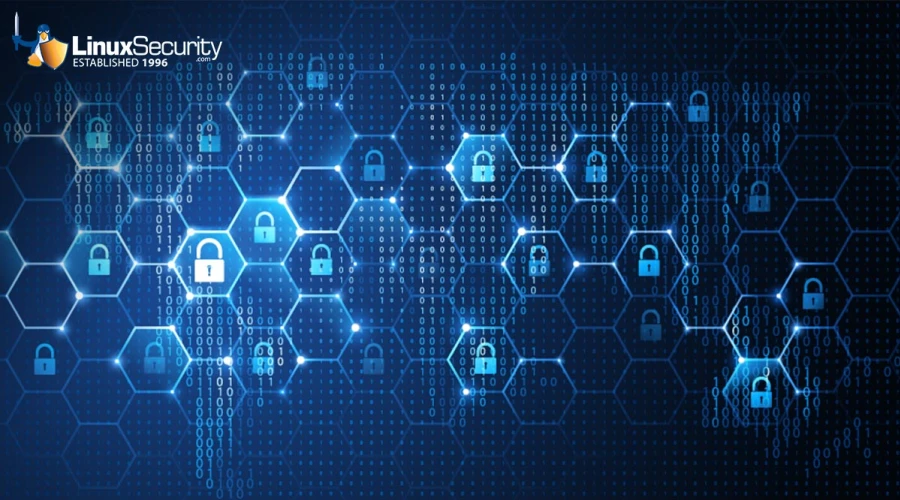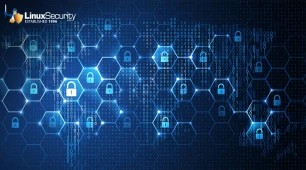
As we Linux security admins continually seek robust and streamlined solutions to enhance our containerized environments, the open-source Flatcar OS emerges as a standout contender I'm eager to introduce! Designed with a laser focus on security, Flatcar OS offers a minimalistic footprint, effectively reducing the attack surface by stripping away unnecessary packages and delivering automated, immutable updates.
This means fewer manual interventions, reduced vulnerabilities, and a more secure infrastructure. Furthermore, its integration with industry-standard tools and cloud environments like Azure and AWS enables smooth deployment and management at scale, making it an attractive solution for tech professionals navigating multi-cloud ecosystems.
Flatcar OS is customized and adaptable, offering support for ARM64 servers, AI workload integrations, system extensions, and similar enhancements to meet specific organizational needs without compromising security. As part of the CNCF Incubating Project Portfolio, Flatcar leverages the collective power of an open-source community, ensuring ongoing innovation and support. Via its automated atomic update mechanism, security admins can effortlessly maintain system integrity without risk while prioritizing security within their operational strategy.
Let's have a closer look at how Flatcar OS could improve the security of your containerized Linux environment!
A Security-Focused Architecture
 Flatcar OS is designed with a principal focus on security, making it an optimal choice for environments where safeguarding data integrity and availability are paramount. Traditional Linux distributions often come with numerous packages and services out of the box, many of which might remain unused and potentially increase the system's vulnerability profile. In contrast, Flatcar OS follows a minimalistic approach, including only the essential components needed for running containers. This reduced footprint inherently limits potential attack vectors, making it easier to maintain a secure environment.
Flatcar OS is designed with a principal focus on security, making it an optimal choice for environments where safeguarding data integrity and availability are paramount. Traditional Linux distributions often come with numerous packages and services out of the box, many of which might remain unused and potentially increase the system's vulnerability profile. In contrast, Flatcar OS follows a minimalistic approach, including only the essential components needed for running containers. This reduced footprint inherently limits potential attack vectors, making it easier to maintain a secure environment.
Furthermore, Flatcar employs a zero-touch provisioning method, streamlining the deployment process. This automation reduces the need for manual intervention, often where configuration errors and potential vulnerabilities can be introduced. Flatcar enhances security through consistency and repeatability by eliminating these manual processes, ensuring that each deployment adheres strictly to predefined security policies.
Embracing Immutable Infrastructure
One of the standout features of Flatcar OS is its immutable infrastructure. Unlike traditional operating systems where files and configurations can be modified, Flatcar operates with a read-only filesystem that is cryptographically secured. This setup significantly reduces the risk of post-deployment changes that could compromise the system. Immutable infrastructure ensures that its configuration cannot be tampered with once a system is deployed, providing a consistent environment reinforcing security measures.
Node configurations in Flatcar are defined during the initial boot process and treated as immutable, effectively curbing configuration drift—a common issue in large-scale deployments. This approach not only makes the system more secure but also simplifies management, as administrators can rely on the consistency of their infrastructure.
Automated and Atomic Updates
 Maintaining an up-to-date system is crucial for security, and Flatcar OS excels in this area with its automated and atomic update mechanisms. Updates are delivered as validated images and applied in an atomic fashion, meaning that updates are either fully applied or do not affect the system. This atomicity ensures that any issues encountered during the update process do not compromise the system.
Maintaining an up-to-date system is crucial for security, and Flatcar OS excels in this area with its automated and atomic update mechanisms. Updates are delivered as validated images and applied in an atomic fashion, meaning that updates are either fully applied or do not affect the system. This atomicity ensures that any issues encountered during the update process do not compromise the system.
Moreover, Flatcar can automatically revert to a previous, stable state in the unlikely event of an update failure. This rollback capability provides an additional layer of assurance, minimizing downtime and maintaining system integrity. For admins, this means less time spent manually managing updates and greater confidence in the security of their deployments.
Customization and System Extensions
Flatcar OS also offers flexibility through system extensions (sysexts), which allow administrators to customize and extend the base operating system. These extensions enable adding specific functionalities or security features necessary for particular environments without altering the core, immutable system. This modularity is particularly beneficial in security-conscious settings where tailored configurations are often required to meet compliance and policy requirements.
Recent updates to Flatcar have expanded its support to ARM64-based servers and GPUs for AI workloads, demonstrating its adaptability to various computing environments. This adaptability ensures that security admins can deploy Flatcar across a wide range of infrastructures, from traditional data centers to cutting-edge AI research environments, all while maintaining consistent security practices.
Seamless Integration with Modern Environments
 Flatcar OS's compatibility with modern cloud environments further enhances its appeal. It integrates smoothly with major public cloud platforms like Azure, AWS, and VMware, supporting Ignition-based deployments. This seamless integration simplifies the management of containerized workloads in multi-cloud setups, allowing administrators to deploy and manage applications across diverse infrastructures efficiently.
Flatcar OS's compatibility with modern cloud environments further enhances its appeal. It integrates smoothly with major public cloud platforms like Azure, AWS, and VMware, supporting Ignition-based deployments. This seamless integration simplifies the management of containerized workloads in multi-cloud setups, allowing administrators to deploy and manage applications across diverse infrastructures efficiently.
The integration with Cluster API, an essential tool for Kubernetes administrators, further demonstrates Flatcar's readiness for modernized deployment strategies. By leveraging these integrations, security admins can maintain secure, scalable, and manageable environments across various platforms, benefiting from unified monitoring and consistent security policies.
Backed by the Community and Ecosystem Support
As part of the Cloud Native Computing Foundation (CNCF) incubating project portfolio, Flatcar OS benefits from the open-source community's robust support and continuous innovation. This backing ensures Flatcar remains at the forefront of container-focused operating systems, with ongoing updates, security enhancements, and feature developments.
For Linux security admins, the community-driven approach translates to a dependable and continuously improving platform. The collective expertise and contributions from the community help identify and address security vulnerabilities swiftly, ensuring that Flatcar remains a resilient and up-to-date choice for containerized environments.
Our Final Thoughts: Why You Should Give Flatcar OS a Test Drive!
 Flatcar OS has emerged as a powerful tool for Linux security admins seeking a secure, efficient, and adaptable platform for managing containerized applications. Its security-focused design, emphasizing minimal footprint and immutable infrastructure, aligns perfectly with the critical needs of modern IT environments. The automated atomic updates and system extensions offer both reliability and customization, while its seamless integration with cloud environments and support from the CNCF community ensure ongoing relevance and innovation.
Flatcar OS has emerged as a powerful tool for Linux security admins seeking a secure, efficient, and adaptable platform for managing containerized applications. Its security-focused design, emphasizing minimal footprint and immutable infrastructure, aligns perfectly with the critical needs of modern IT environments. The automated atomic updates and system extensions offer both reliability and customization, while its seamless integration with cloud environments and support from the CNCF community ensure ongoing relevance and innovation.
By adopting Flatcar OS, security admins can enhance their operations, ensuring that systems are secure, consistent, and efficiently managed. In a landscape where security and efficiency are paramount, Flatcar OS provides a practical, reliable, and forward-thinking solution for today’s container-centric world.
Are you using Flatcar OS? How has your experience been? Let us know @lnxsec!















